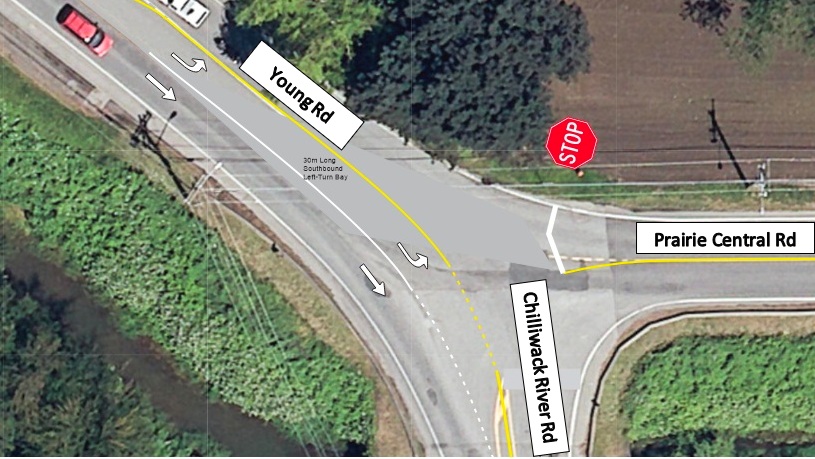Long winter nights mean we spend more time driving while using our headlamps. All headlamps are not created equal however, so some vehicles are safer to drive at night than others.
The gas-fired lamps and vacuum bulbs used when automobiles were first introduced offered little in the way of illumination.
Standardized seal beam headlamps were a huge leap forward in technology, but that technology was surpassed by halogen headlights in the eighties. Back then, North America lagged behind Europe in adopting better vehicle lighting, as Federal legislation mandated the use of standardized lights for all road-going vehicles.
Now, we have the latest technology on Canadian roads, Light Emitting Diode (LED) and laser headlights.
Using replaceable halogen bulbs in headlights enabled manufacturers to customize the headlight shape to each model of vehicle. Better looks, lower aerodynamic drag, and better light projection are the results. Headlamp reflector and lens design is now separated from the body design so the light can project more clearly at night.
Glare from oncoming vehicle lights is a common complaint among night time drivers. Government regulations, both Federal and Provincial, carefully control vehicle lighting when the vehicle is imported or manufactured, but are often not enforced after the vehicle is on the road.
Few drivers get their vehicle headlamps aimed, yet this is important for both the safety of oncoming drivers and your own night time vision. Headlamps that are pointed up into the air or down too far onto the road don’t illuminate what you need to see. Heavy loads in the vehicle will cause the aiming to be wrong, so either reduce your load or get those headlights aimed with the load in place.
Another cause of glare is improper headlamp bulbs. To meet regulations, a bulb must conform to DOT or SAE standards and have a maximum watt output on low beam. Some of these bulbs cast a bluish white light. Don’t confuse this with HID lighting, which also casts a bluish white light but with much more effective illumination. If the power output of the bulb is too high, then it can cause glare.
Most regulations limit low beam output to a maximum of 55 or 60 watts output but there are bulbs available, supposedly for off-road purposes that put out 75, 80 or even 100 watts power.
Even if you are using the correct power rating, quality control during bulb manufacturing may be poor. For the light to project in the correct position, the bulb filament must be in the centre of the focal point of the headlight reflector. Quality bulbs are almost always positioned correctly, but cheaper aftermarket bulbs may have the filament in the wrong place.
If in doubt, shine your headlamps against a building at night and try changing to different bulbs. You may be surprised at the difference in lighting quality.
Automatic headlight vertical aiming is a European requirement for HID systems and although not legislated, you will find this on many luxury vehicles here too. Turn on the light and during the few seconds it takes them to warm up, the lights dip and then return to a level position regardless of load in the vehicle.
Some vehicles have taken this even further and move the headlight beam sideways as the vehicle corners, so that visibility is improved where the vehicle is going. It does help dramatically.
Clean, correctly aimed headlights make a tremendous difference in night time vision. It could even save your life.
Story URL: https://www.drivesmartbc.ca/equipment/headlamps-101
—
Constable Tim Schewe (Retired)
DriveSmartBC: Where better than average road users satisfy their curiosity.






